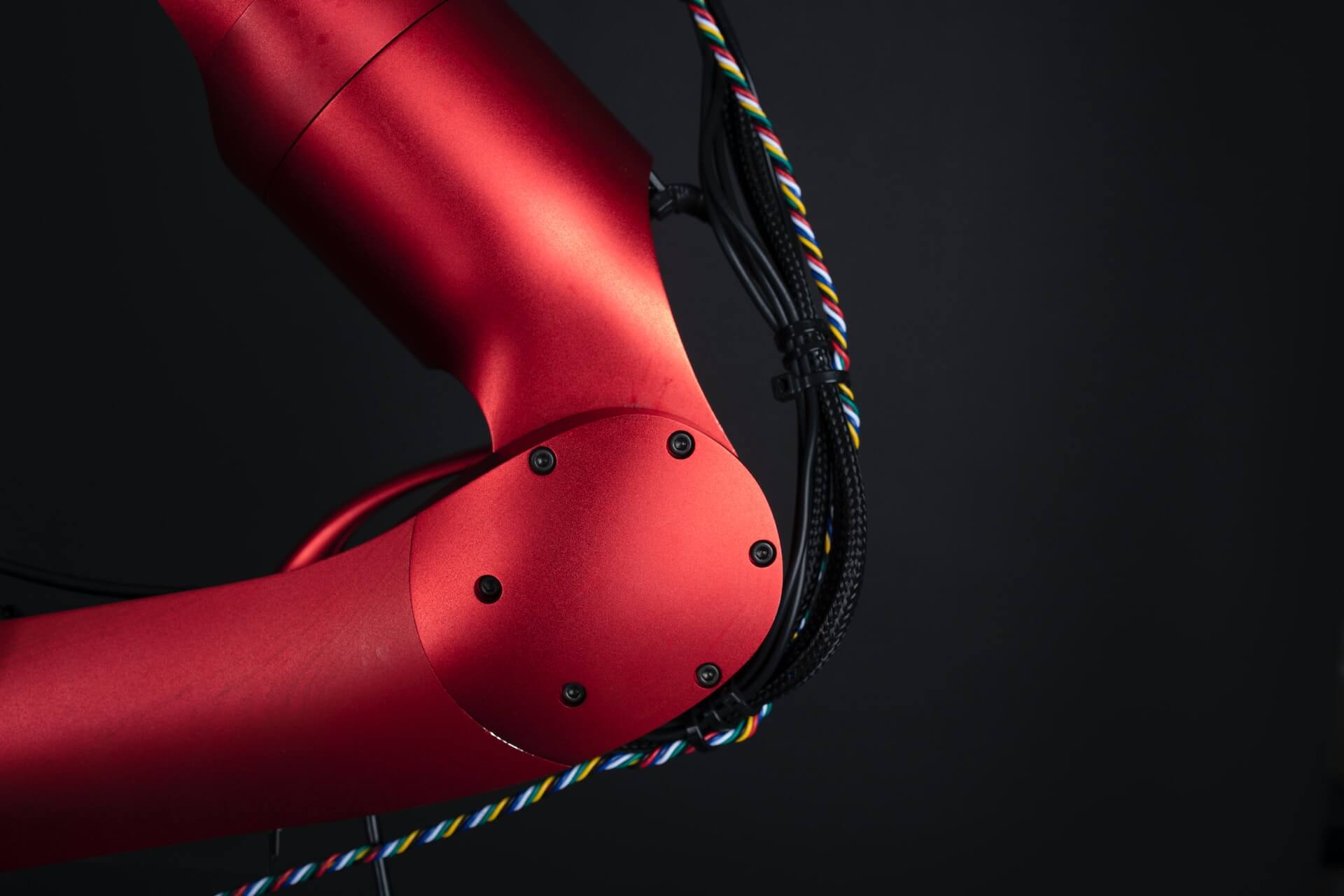Tech this Out: Rise of the Cobots
by David Klemt

As technological innovations continue to flood the hospitality industry, restaurant and hotel robots appear to be on the rise.
Or, perhaps more accurately, robotics companies appear to be targeting hospitality more.
There were, for example, far more robots on the National Restaurant Association Show floor this year. Beverage-making robots, server bots, room service delivery robots, lobby “host” and information bots, automated robot arms… There were robots in each hall.
Interestingly, however, a different word is beginning to take hold: “cobot.”
While the concept isn’t new—cobots have been working in other industries—the word is likely new to hospitality professionals.
Simply put, “cobot” is a portmanteau of “collaborative robot.” These are, therefore, robots that work alongside and with humans. In other words, the term implies that these robots aren’t here to replace people.
Rather, we’re to believe that cobots are just here to take over hazardous and tedious tasks.
Dropping fries? Let the cobot do it. Flipping patties? Why should a human do that when we have cobots? Food is up? Send out the serverbot. Table needs turning? The cobot can drop the dishes, flatware, and glassware to the dishwasher station.
It’s difficult for me to not be skeptical. “Cobot” may aim to imply collaboration, but how long until most of the back of house is automated? How long until members of the kitchen team go from “freed up” to replaced fully?
On the flip side, however, I do see the appeal. Some tasks are tedious. There are hazardous tasks. Labor costs are too high. It is difficult to find and retain talent.
Cobots and other forms of automation offer viable solutions.
Cobots, Roll Out!
So, are these pie-in-the-sky vanity prototypes getting media attention? Or are there really cobots available?
If you have the money and the inclination, these robots aren’t vaporware. There are robots designed to take on several restaurant and hotel tasks that can work at your venue today.
Of course, you have to keep your back-of-house and front-of-house footprint and layout in mind. Perhaps more importantly, you also need to understand how your guests feel about technology, automation, and robots.
I don’t mean making assumptions, either. No, not every Millennial or member of Gen Z is tech-hungry. In fact, some are tech-averse and don’t want robots making or delivering their food. It’s not, as some would say, a vibe.
This is to say, the decision to bring cobots into your business isn’t just about cost. This robots will affect your bottom line in various ways, affect your team, and affect the guest experience. In turn, that means they affect your brand.
Of course, cobots and automation do work with some concepts and brands. If automation and tech-savviness are part of the brand, cobots should work.
However, it’s wise to proceed cautiously and intentionally.
Guidance, Information and Entertainment
SoftBank Robotics manufactures Pepper, a robot my friends and I have interacted with in Las Vegas.
Formerly the Mandarin Oriental Las Vegas, we’ve played around with Pepper at the Waldorf Astoria over the years. Pepper has offered to help us check in, provide information about the hotel, told us jokes, and played music and danced with us. (It’s possible we’ve danced with Pepper after visiting the hotel’s Moët & Chandon vending machine.)
Another interactive robot is Guiderbot G2, also known as Peanut, by Keenon Robotics. I’ve interacted with Peanut at the 2023 NRA Show in Chicago and this year’s Hospitality Show in Las Vegas. Peanut is, for lack of a better word, cute and people seem to want to engage with it.
As one may guess from the formal name of Guiderbot, Peanut is tasked with a mission similar to Pepper’s.
Delivery and Bussing
I also “met” Keenon’s Butlerbot W3, Peanut’s room service delivering peer. Interestingly, the four doors can be configured to best deliver to a guest or guests.
Then there are the Dinerbots, a series of Keenon robots that can “work” at restaurants and drop orders off at tables.
Spend any amount of time on most hospitality trade show floors and you’ll encounter front-of-house delivery cobots. And, of course, these robots can be used to clear tables and pop by the dishwashing station.
Production
Most operators, when thinking about automation, are likely familiar with Flippy, Flippy 2, and Flippy Lite.
From Miso Robotics, this family of robots features robot arms that tend to fryers. That a Flippy can handle just about any fried food and fit in most kitchens without much modification (if any) makes these cobots attractive.
From what I’m seeing, robotic arms are the cobots du jour. Along with Flippy there are the Intelligent French Fry Robotic Solution from Atosa; FryBot from Lab2Fab; and the Wingman from Nala Robotics. And that’s just a few of the cobot arms out there.
Of similar design are a variety of automated beverage-producing robots. At the moment, these tend to be robotic arms contained within a trailer or kiosk that are capable of quickly serving personalized coffees. One impressive example is Robojo by Zink.
There are also automated make lines, such as the Robochef SmartLine and TechMagic P-Robo.
We don’t know how long it will be until robots are commonplace in restaurants. For now, they seem to be at home mostly in a select few chain restaurants, niche operations in destination markets, and hotels.
However, as we all know, as tech goes from early adoption to ubiquity, cost becomes less of a barrier of entry. My concerns, for now, are the risks to people’s jobs and the impact on the guest experience.
Image: Mathew Schwartz on Unsplash

